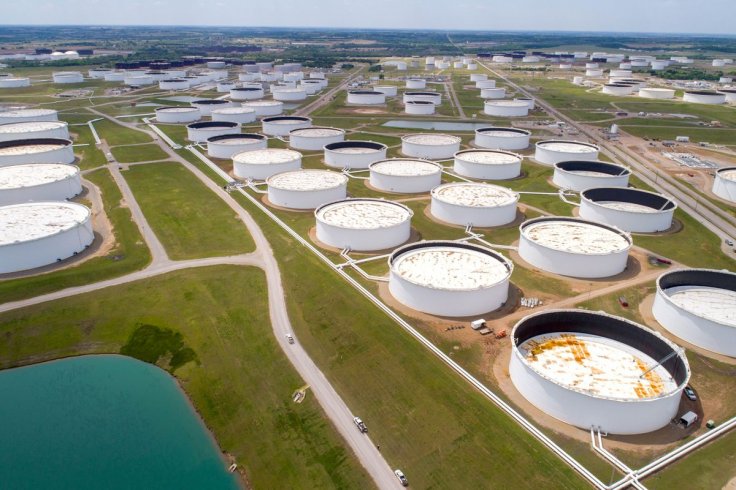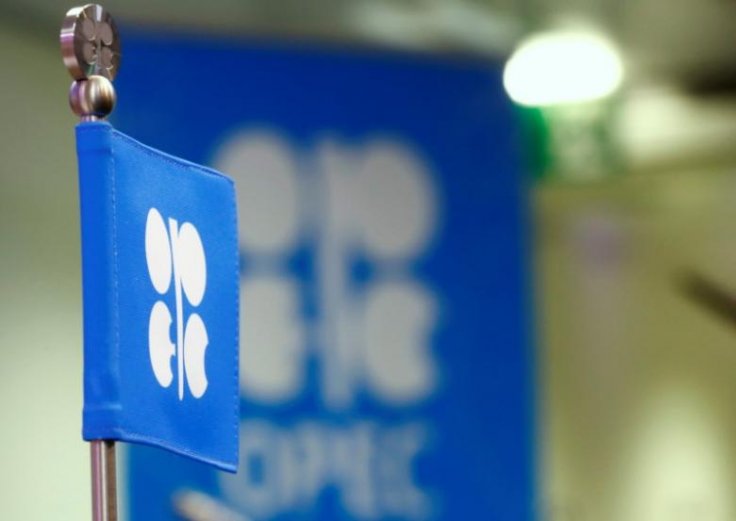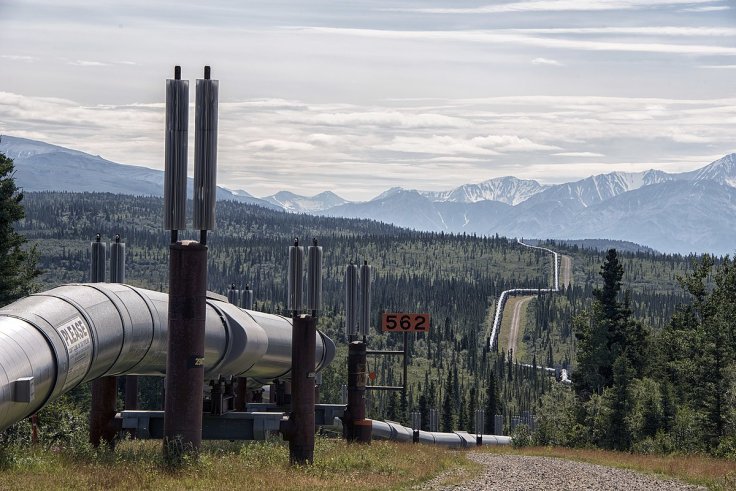U.S. oil prices rose for a fifth day on Wednesday to their highest since 2014 amid global concerns about energy supply on signs of tightness in crude, natural gas and coal markets.
Brent crude prices also climbed for a fourth day on the supply anxiety, particularly after the Organization of the Petroleum Exporting Countries (OPEC) and its allies, known as OPEC+, decided on Monday to stay with their planned output increase rather than boosting it further.
OPEC+ Agrees Boost Output
U.S. West Texas Intermediate (WTI) oil earlier rose to $79.18 a barrel, the highest since Nov. 10, 2014. The market was up 0.15%, or 12 cents, at $79.05 a barrel, as of 0128 GMT.

Brent crude added 0.15%, or 12 cents $82.68 a barrel after rising to a three-year high in the previous session.
On Monday, OPEC+ agreed to adhere to its July pact to boost output by 400,000 barrels per day (bpd) each month until at least April 2022, phasing out 5.8 million bpd of existing production cuts.
"Crude oil extended gains as investors fret about tightness in the market as the energy crisis hikes demand," ANZ said in a note.
"The (OPEC+) increase was well below what the market was expecting, considering the energy crunch across the globe. Not surprisingly, there is speculation that OPEC will be forced to move before the next scheduled meeting if demand continues to surge."
1.1 Million bpd Supply Deficit this Year
Late last month, the OPEC+ Joint Technical Committee (JTC) said it expected a 1.1 million bpd supply deficit this year, which could turn into a 1.4 million bpd surplus next year.

Oil prices have surged more than 50% this year, adding to inflationary pressures that crude-consuming nations such as the United States and India are concerned will derail recovery from the COVID-19 pandemic.
Despite pressure to ramp up output, OPEC+ was concerned that a fourth global wave of COVID-19 infections could hit the demand recovery, a source told Reuters a little before Monday's talks.
US Inventory Data
However, inventory data from the United States, the world's biggest oil consumer, showed some signs of slowing fuel demand.

The American Petroleum Institute reported U.S. oil inventories rose by 951,000 barrels in the week to Oct. 1, website Oilprice.com reported on Tuesday.
Gasoline and distillate fuel inventories also climbed, the website reported, citing the API data.








